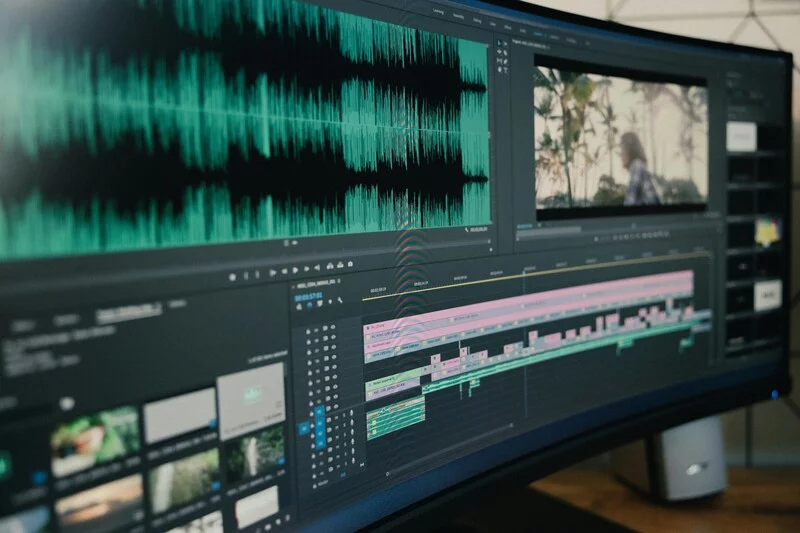If you’ve ever found yourself stuck in the editing room after video production, you know the frustration.
Scenes refuse to connect.
It seems like the story you wanted to tell doesn’t exist.
The emotional connection with the audience is still missing.
The actor you were sure would be the next Robert De Niro looks unconvincing.
You realize you should have used a dynamic camera instead of static shots (or vice versa).
Everything looks grim.
But the good news is – it’s certainly not as bad as it seems (trust me on this).
You need to take a look at what you have, instead of what you’re missing.
In today’s article, we’ll show you:
– How to approach your material from a new point of view
– Tips on how to tell your story in a different way
– Simple techniques to help you build engaging storytelling
So, after you grab a beer with your editor and take a day off, go through our list and look at your film with a fresh perspective.
First, let’s start with a common starting point.
The Reality of Filmmaking: Three Creations
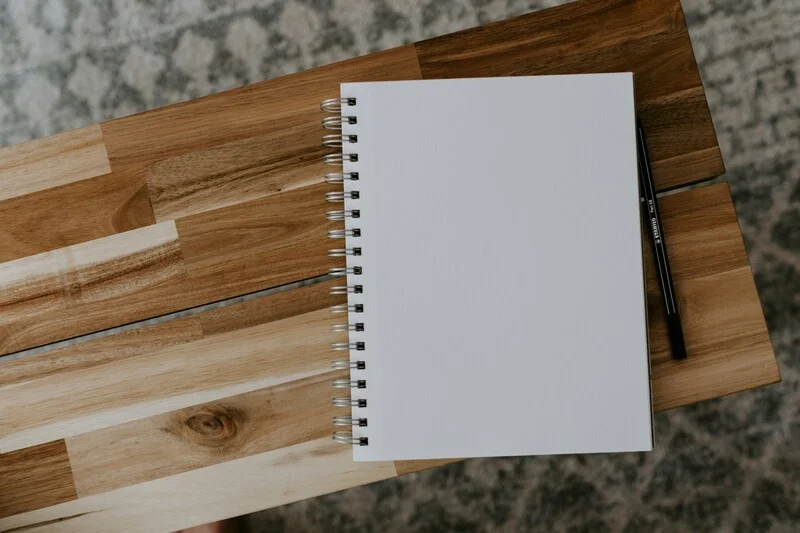
The old filmmaking proverb says a film is created in three separate processes – on a piece of paper (ideas and script), in video production (filming), and in the editing room (after you have already filmed all of your material).
What most filmmakers won’t tell you is that those three can differ a lot.
In general, there are two reasons why what you shot and what you see in the editing room look different:
1. You realized something better was on the horizon when the shooting started, so you changed scenes and approach.
2. Smaller or bigger parts of the execution didn’t go as planned – budget, actors, lack of time or experience…
If this sounds amateur, it’s not.
Overcoming Production Challenges
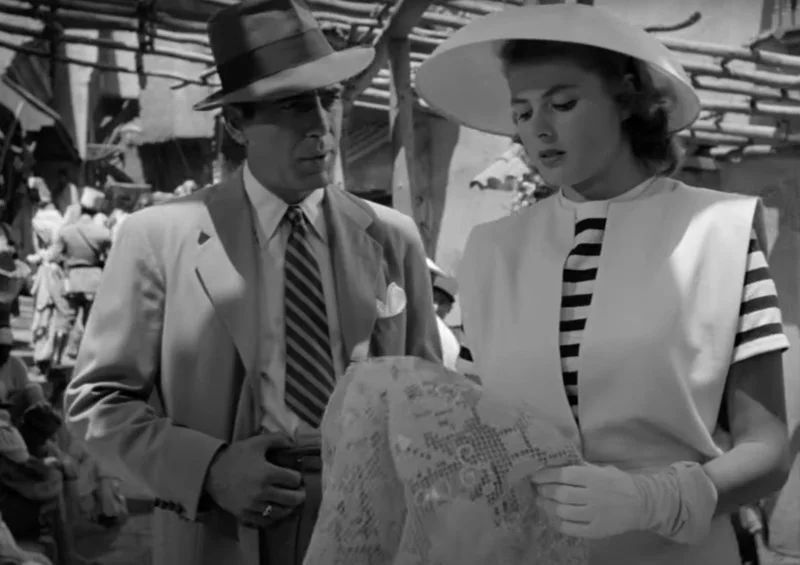
Take the example of the difficulties Casablanca (1943), now considered a classic, faced:
– Modest budget compared to the film’s aspiration and production
– Writers were working on the script during shooting, leading to daily rewrites
– Director had to manage a complex production with numerous actors
– The film’s ending was uncertain, including who Ilsa would end up with
– Pressure from the production studio to turn it into World War II propaganda
Many decisive moments for the film were resolved with smart decisions made in the editing room.
Other films like The Godfather, Blade Runner, Titanic, and Star Wars (1977) tell similar stories.
Regardless of the reasons for being stuck, let’s see what you can do to make the best of what you have.
Taking a Fresh Look at Your Footage
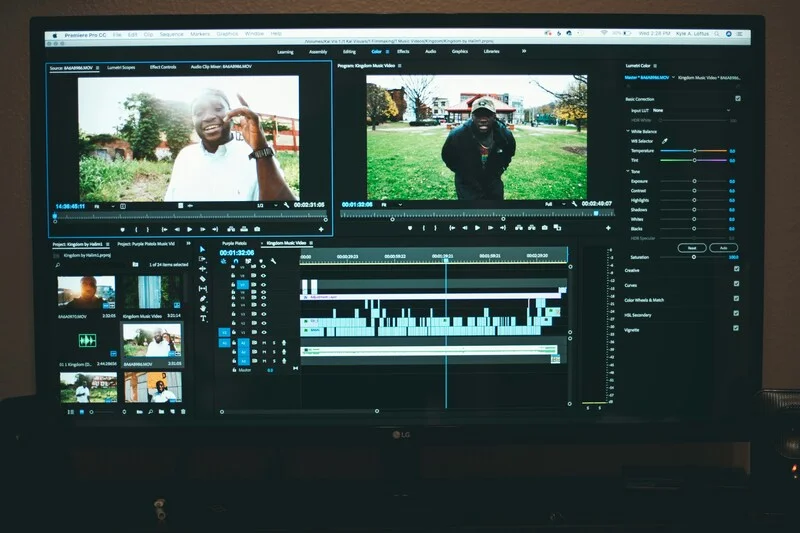
One of my colleagues was asked to join the post-production of an action film shot with a static camera.
Several editors tried but eventually abandoned the project.
The director intended to use fast-paced editing, but it didn’t work – the action scenes looked too static and not as engaging as they should have.
The videographer used two cameras, but the second one was disregarded as being too “shaky” and was planned to support the A camera.
This editor used a different approach, using the B “shaky” camera as the basis for storytelling and the nicer, more polished A camera as support.
This shift in paradigm led to success – the film got a documentarian, dirty action look, with static shots serving as a basis for dialogue scenes.
Reevaluate Dismissed Takes
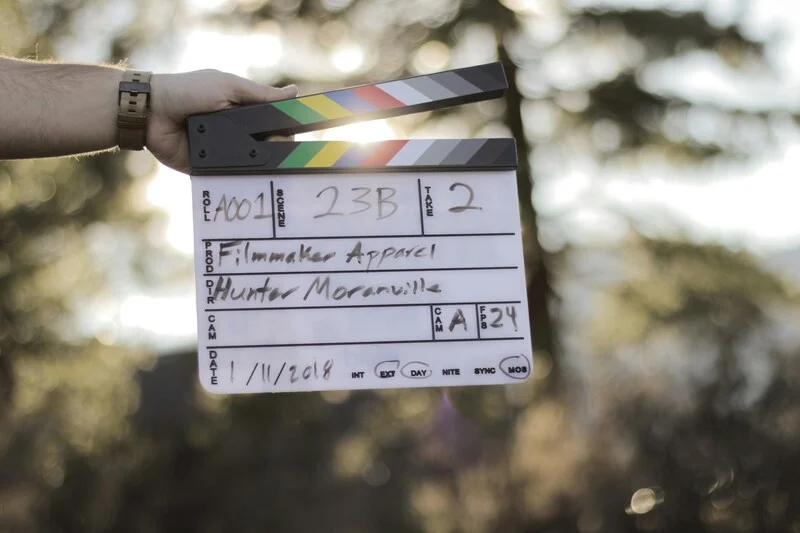
Even if you’re shooting with one camera, take a look at the takes you dismissed.
Is there something you can use, especially if you take parts of it?
Can you sacrifice your style for better storytelling?
One possible scenario is that there are no additional scenes to use or you’re missing material to connect the scenes.
If that’s the case, deciding to go for reshoots might be a good idea.
And it doesn’t need to be hard or expensive.
Reshoot Wisely
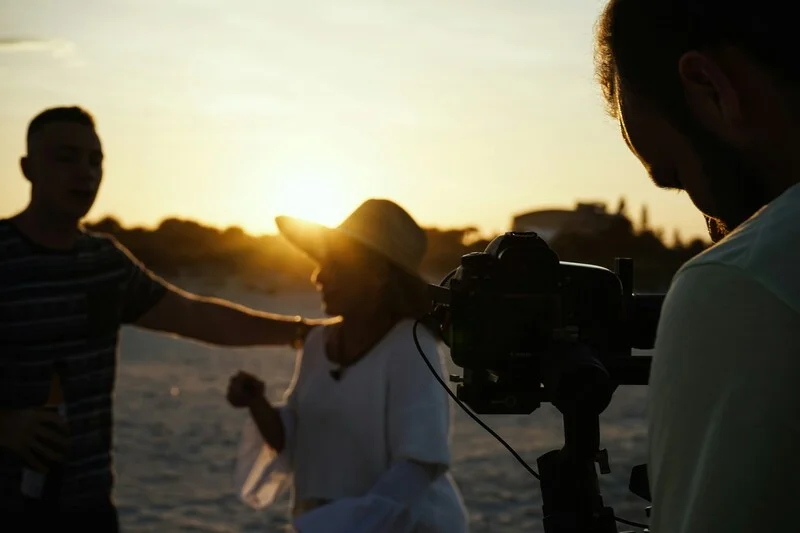
After identifying scenes or shots that could help you connect material, make a plan for shooting scenes with a minimal crew that could help tell the story.
Sometimes it could be simple shots. Like your main character picking up the phone or walking down the street.
The Power of Additional Shoots
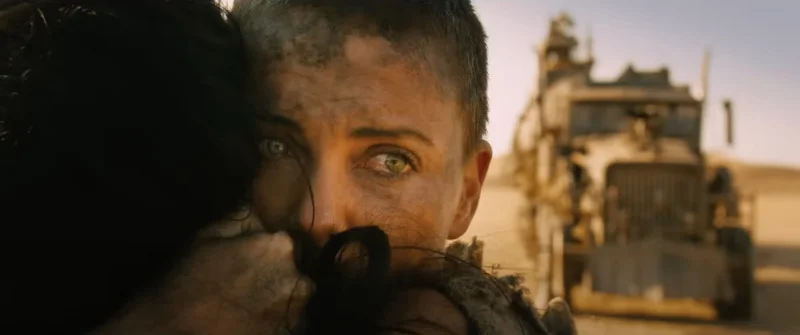
After completing the shooting for the reboot of the Mad Max series, George Miller figured out Mad Max: Fury Road (2015) missed connection with characters.
Action scenes looked great and were a delight to watch, but he missed those pieces that would make the audience care for the characters.
So, Miller conducted additional shoots to flesh out character backstories.
If you take a look at this film, you’ll see that the non-stop action structure is filled with scenes in which Furiosa hints at her past. It’s something that keeps us intrigued and makes us cheer for Furiosa and Max.
By the way, did you notice how Max’s voice-over, although barely a couple of sentences long, sets the tone for the entire film?
Using Voice-Over Effectively
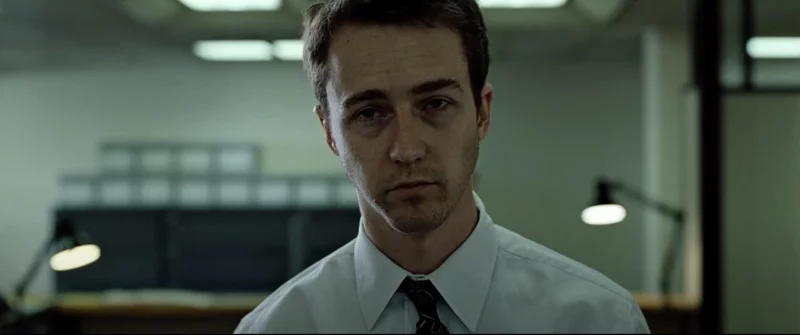
In most filmmaking manuals, voice-over is considered a surrendering flag of an unskilled filmmaker who couldn’t tell the story.
We’re more interested in VOs that actually gave their films an edge in storytelling.
In Fight Club, Norton’s voice-over captures the inner turmoil and existential musings of his character, while in The Shawshank Redemption, Freeman’s calm voice guides the audience through Andy Dufresne’s journey of hope and friendship.
And let’s not forget Goodfellas with three contrasting voice-overs that offer us different perspectives on the same stories.
For anybody doubting the personality voice-over can provide, don’t forget Kevin Spacey’s character Lester who serves as a unique narrator by informing us he’s actually dead in American Beauty (1999).
Even if you’re using voice-over to connect the dots, it’s a chance to give your story an angle beyond just providing information.
Enhancing Your Story with Voice-Over

One of the best examples of this is Terrence Malick’s works, where he pairs voice-overs that speak of a character’s emotion with beautiful images of nature, together conveying the inner state of his characters.
However you decide to go with a voice-over, you need to go all in.
If you detect that the underlying problem isn’t the story, but the bleak main character, it might be time to shift focus to other characters as well.
Shift Focus to Different Characters

Sometimes writers or directors “feel” the main character and presume how actors will play their part, leaving it underdeveloped. This can lead to problems in the editing room when the director figures out that the character isn’t interesting enough.
If that’s the case, it’s worthwhile to see if you can give more relevance to other characters and make the film more interesting.
Another side of the same coin is having a character whose presence steals the show.
Balancing Ensemble Casts
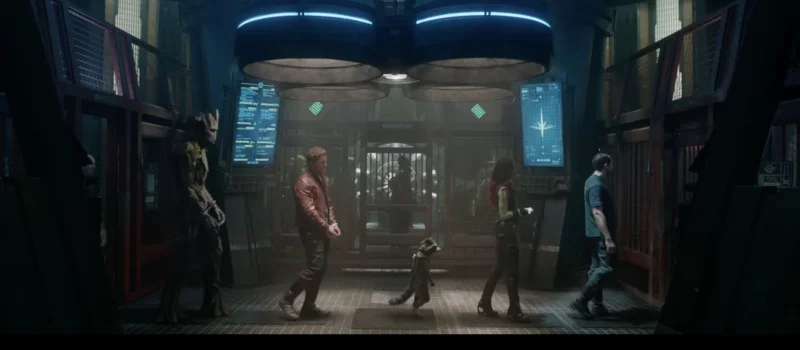
Guardians of the Galaxy (2014) initially focused on Peter Quill/Star-Lord, but the film gradually shifts to highlight other characters like Gamora, Rocket, and Groot. The ensemble cast’s dynamic and each character’s backstory contribute to the film’s charm and success.
Putting Peter Quill in front all the time would be too much. If that’s the case, balance your film by giving more time to other characters.
Classics such as The Great Escape (1963), The Seven Samurai (1954), and One Flew Over the Cuckoo’s Nest (1975) are also examples of films that successfully avoided being centered on one character in favor of telling a better story with ensemble characters.
Take advantage of this, especially if you notice new layers and richness in characters you didn’t expect. Give them more screen time to add more relevance to your story.
Don’t forget that you can shift focus from character to character as the film progresses.
Dynamic Character Shifts
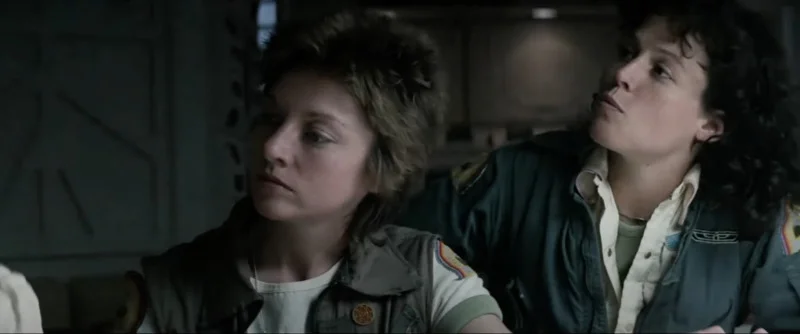
In The Lord of the Rings: The Two Towers (2002) directed by Peter Jackson, the focus unexpectedly shifts from Frodo (Elijah Wood) to other supporting characters, especially Aragorn (Viggo Mortensen), Legolas (Orlando Bloom), and Gimli (John Rhys-Davies). This balanced storytelling helped to flesh out the expansive world and ensemble cast.
Although today perceived as a film about Ellen Ripley’s (Sigourney Weaver) fight against a menace from space, Alien (1979) starts as an ensemble film, progresses to a “who’s gonna make it” structure, and turns into a one-on-one epic battle. It’s a great lesson in creating an organic feel for the story as Ripley looks like a woman accidentally found in an extreme situation battling to survive.
Don’t forget that this approach doesn’t need to change the core of your story; it just helps you focus on telling it in a more engaging manner.
Favoring one character over everything else can also lead to favoring particular scenes that work for themselves but not for the film as a whole.
Kill Your Darling
In Titanic, James Cameron cut numerous scenes, including more detailed backstories for certain characters and extended scenes of the ship sinking. These cuts helped reduce the film’s runtime and kept the focus on the central romance and disaster narrative.
If you look at the deleted scenes, you’ll notice they reaffirm something we already saw in the film and feel repetitive.
No matter how good a scene looks, always ask yourself two important questions:
1. Is it driving the plot forward?
2. Does it tell us something new about the characters?
If not, consider leaving the scene out of the film.
Prioritise Storytelling

Although it can be hard, especially if actors nailed it or camera movements do a great job at leading the audience, having a scene that breaks the rhythm will hurt your film in the long run.
All the tips we covered so far presume you know where you’re going, but what if you’re facing a more fundamental problem – storytelling that isn’t engaging?
The structure feels boring, slow, and predictable.
It worked on paper but failed in the editing room.
Sometimes the problem isn’t the scenes themselves but the order in which they are presented.
Experiment with Nonlinear Storytelling

Take Quentin Tarantino’s Pulp Fiction (1994), for instance. The film’s unconventional structure, where events are presented out of chronological order, keeps the audience engaged and constantly piecing together the story.
This technique can be particularly effective if you feel your film lacks momentum or surprise.
It surprises your audience and keeps them glued to the story, but it also creates intrigue by challenging them to connect the dots to get the full picture.
First part of the story about preparing for the heist is a bit slow?
Start with the heist itself.
Your family divorce drama sounds too slow and predictable?
Start with parents driving their child to the ER and puzzle your audience about what is going on, and then reveal the rest of the story separately.
Little hints that something is wrong in their relationship in the ER will cause an A-ha effect with the audience.
There is an important note to this one.
Avoid Confusing Audience
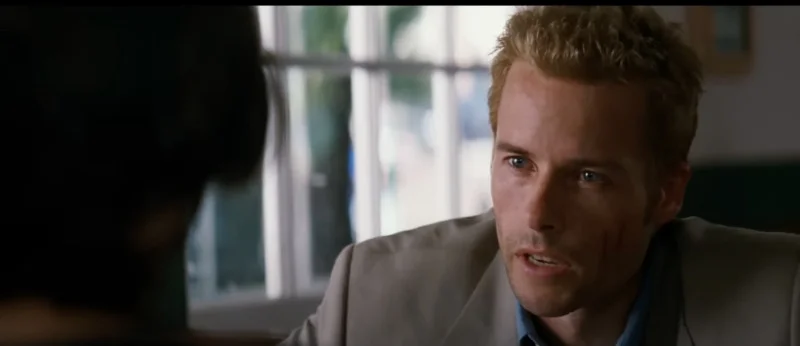
You need to provide enough information and emotion in the scenes that follow and be careful not to confuse your audience.
That scene of a couple fighting and deciding to get a divorce must give us insights into the origin of the relationship.
Planning the heist must contain some info about problems our (anti)heroes will face, perhaps a fight or small overlooked things that will go wrong.
The best part of it is that in most cases, if you already have it in those scenes, placing them in different parts of the film will give it a different context.
Experimenting with nonlinear storytelling can rejuvenate a stale narrative and add layers of intrigue and suspense.
If your film’s scenes still aren’t landing as intended, consider how sound design and a carefully chosen score can elevate the emotional resonance and storytelling.
Enhance with Sound Design and Music

Subtle sound cues, ambient noise, and a powerful soundtrack can fill gaps in the narrative and enhance the viewer’s experience.
Alfred Hitchcock’s Psycho (1960) is a classic example where the film’s suspense and terror are significantly amplified by Bernard Herrmann’s score. Similarly, in Jaws (1975), John Williams’ haunting theme music builds tension and dread, making the shark’s presence palpable even when it’s not on screen.
However, there is a subtle difference between overusing sound design and music and using it cleverly to immerse the viewer in the world you’re creating.
Subtle Sound Design for Immersion
One of the best examples of this is Christopher Nolan’s Interstellar, with its brilliant use of music and sound design that puts viewers in the main characters’ shoes.
It shows us both the dying world on Earth and the ruthless space travel our characters need to undertake to save humanity.
The genius approach Nolan and Hans Zimmer took was to be selective with what we hear and not be afraid to use silence to tell the story.
Sound design and music can transform a film’s atmosphere and emotional impact, use it in a smart way.
Conclusion

It feels terrible to be stuck with a film that isn’t working, but remember that many of cinema’s greatest classics faced similar hurdles.
By taking a fresh look at your footage, considering reshoots, utilizing voiceovers, experimenting with nonlinear structure, shifting character focus, and not being afraid to cut scenes that don’t serve the story, you can reshape your film into something remarkable.
If you’re a videographer or involved in video production, how did you resolve your post-production storytelling challenges?
Let us know in the comments.
If you ever get stuck, the HayotFilms team is a huge believer in smart decisions in the editing room, and we’ll be glad to share our experiences with you.
Good luck with your editing.

